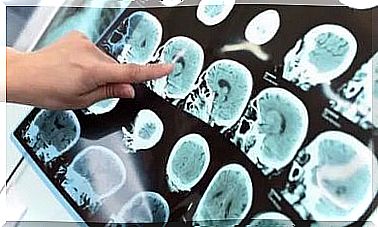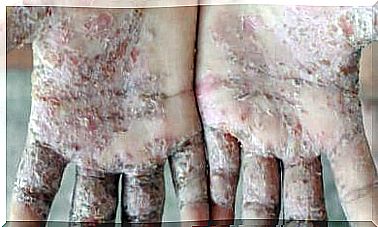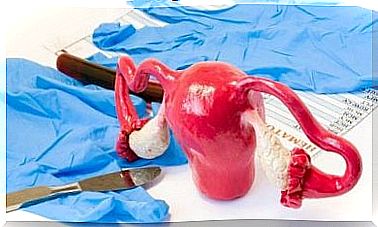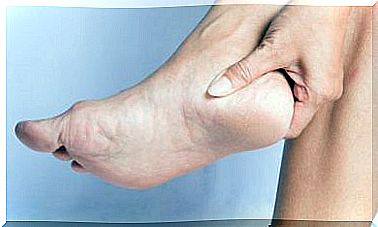Esophageal Achalasia: Symptoms And Treatment

Esophageal achalasia is a rare disease that can be triggered at any age. Its main symptom is the inability of the esophagus to dilate to allow food to reach the stomach.
Obviously, this disease is a serious problem. Despite the efforts of researchers, the scientific community has not yet been able to determine the specific causes of achalasia. But researchers have discovered two important pieces of information: both men and women can suffer from achalasia, and the disease does not appear to be hereditary.
Symptomatology of esophageal achalasia
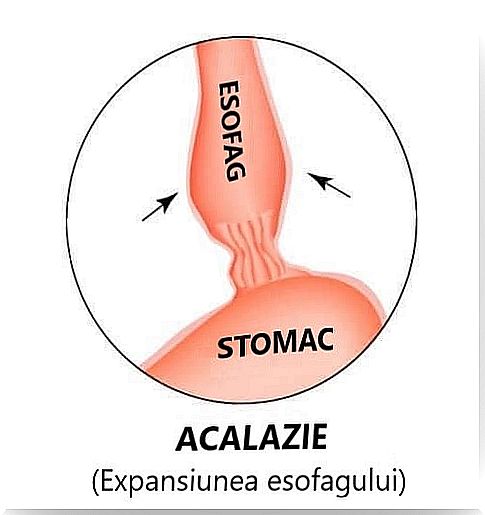
To be diagnosed with esophageal achalasia, the patient must have the following symptoms:
- Dysphagia: That is, difficulty swallowing hard or soft foods, as well as the inability to drink fluids. At the root of the problem is the contraction of the upper esophagus.
- Chest pain: This symptom is less common, but can be seen when the lower esophageal sphincter contracts.
- Food regurgitation: Some patients with esophageal achalasia regurgitate ingested food.
- Weight loss: If the patient is unable to supply his body with enough food, he may lose weight progressively and be at increased risk of anemia.
It is important to remember that if they are not regurgitated, food and ingested fluids that fail to pass through the esophagus can reach the lungs. This can happen at any time, including during sleep. The consequences of this phenomenon range from respiratory infections to aspiration pneumonia.
Therefore, if you suspect that you may be suffering from esophageal achalasia, consult a doctor as soon as possible.
How is esophageal achalasia diagnosed?
Once it has been established that a patient has the above symptoms, certain tests must be performed before a correct diagnosis can be made.
The most common tests are:
Esophageal motility test

The esophageal motility test is performed using a thin tube, which is inserted through the nose so that it reaches the esophagus and stomach. This procedure is inconvenient and the patient is usually given local anesthesia.
Timed barium esophagogram
This way of diagnosing esophageal achalasia requires the patient to drink a barium solution before the actual examination.
He then sits with his back to an X-ray table. During the examination, the patient will need to consume fluids and hold his breath for short periods of time. Thus, the doctor will be able to examine the targeted region.
Treatments for esophageal achalasia

The choice of a treatment for achalasia depends on the severity of the disease and the patient’s circumstances (factors such as age or the possible presence of a respiratory tract infection).
Possible options include:
- Balloon dilation: A balloon is inserted into the patient’s esophageal sphincter and inflated to keep the esophagus open. In general, this procedure should be repeated periodically.
- Botox: This substance is a muscle relaxant that is injected into the esophageal sphincter through an endoscope. Botox is indicated for elderly patients who cannot undergo surgery.
- Muscle relaxants: This treatment involves drugs that relax the esophageal muscles before a meal. The main disadvantage of muscle relaxants is that they cause multiple side effects.
- Surgery: This is the most effective option, especially for young patients.
conclusions
If you have difficulty swallowing food or even water, you should consult a doctor immediately. This symptom can also be caused by problems such as anxiety, but it is better not to take risks and get a correct diagnosis. With a diagnosis, you will be able to start treatment. At the same time, you will prevent serious complications associated with pulmonary aspiration of food and fluids.
At present, scientists are continuing to investigate the possible causes of esophageal achalasia. We hope they find a way to prevent this disease soon.

